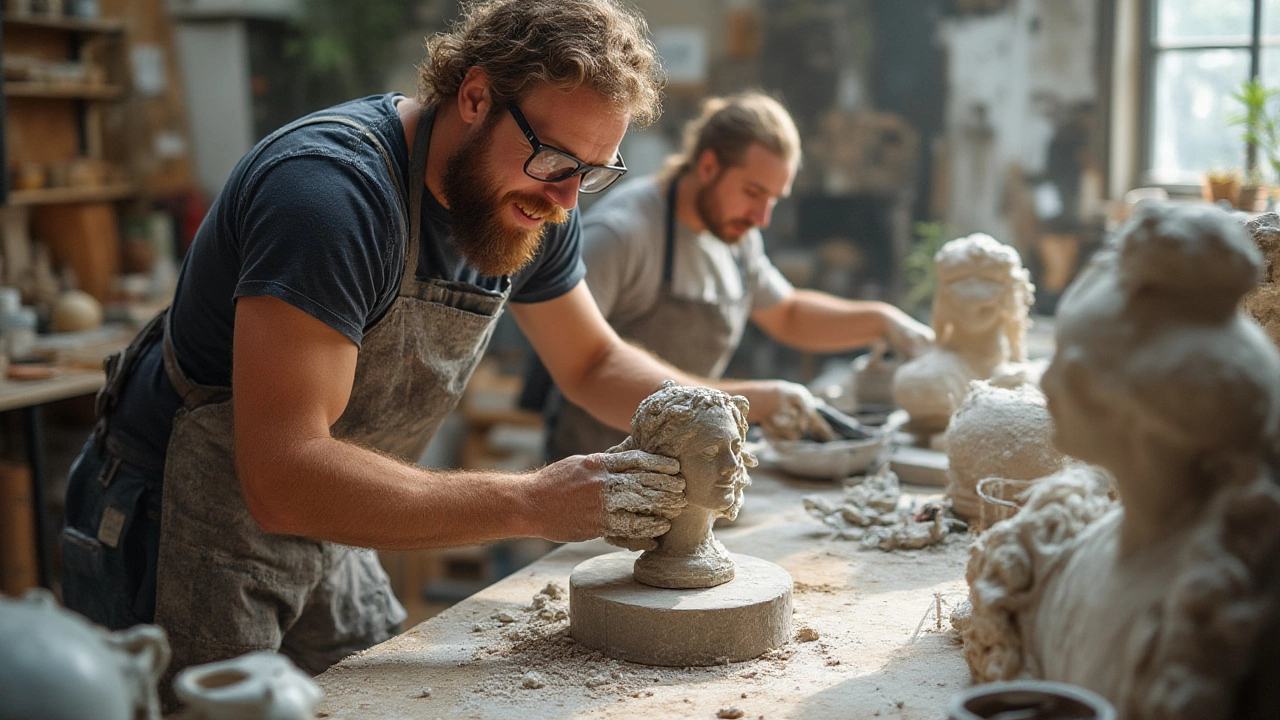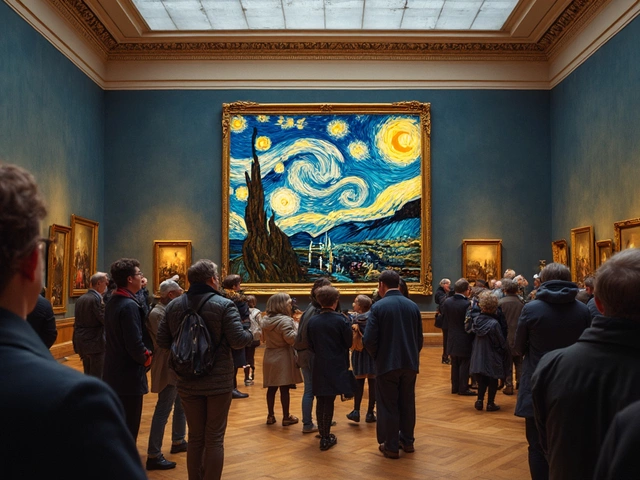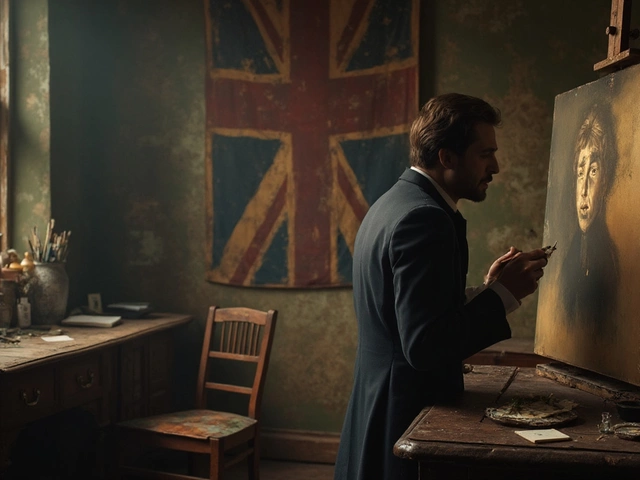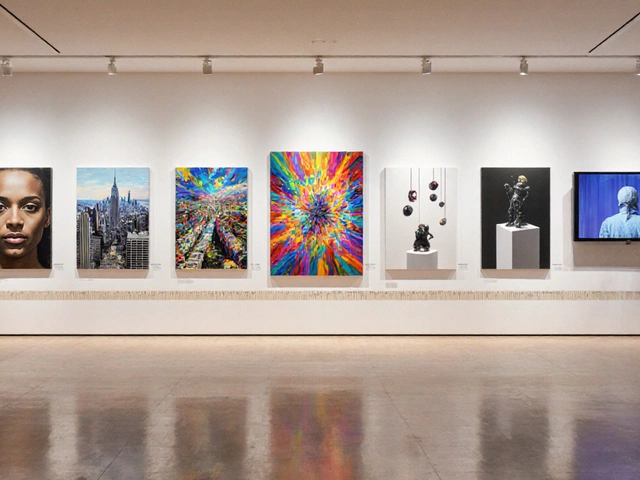Casting: From Traditional Molds to Modern Creative Processes
When working with casting, the process of shaping a material by pouring it into a prepared mold. Also known as mold casting, it bridges the gap between raw material and finished form. Sculpture, three-dimensional art created by carving, modeling, or casting often relies on casting to turn a clay prototype into bronze, resin, or plaster. Likewise, metalworking, the craft of shaping metal using heat and force uses similar principles to produce functional parts and artistic pieces. Even digital art, visual creations made with software and electronic tools now embraces virtual casting, turning 3D models into physical objects via printers. In short, casting encompasses artistic expression, industrial production, and technological innovation.
Key Techniques and Tools Shaping Modern Casting
Traditional casting starts with a master model, often sculpted in wax or clay. From there, artisans create a negative mold using silicone, plaster, or sand. The mold fills with molten metal, resin, or plaster, then cools into a solid replica. This workflow requires a solid understanding of material behavior, temperature control, and mold release agents – a trio of skills that defines successful casting. Digital workflows flip the script: a 3D artist designs a model in software, exports an STL file, and sends it to a 3D printer that builds the object layer by layer, essentially “casting” plastic or metal from digital data. Hybrid approaches, like using 3D‑printed molds for resin casting, combine the precision of digital design with the tactile feel of traditional materials. Each method draws on related entities – for instance, the precision of 3D printing, additive manufacturing that creates objects by depositing material enhances the accuracy of final casts, while the age‑old knowledge of foundry work, the craft of melting and pouring metal ensures structural integrity.
Why does this matter to creators today? Because casting opens doors to scale, detail, and durability that hand‑carving alone can’t match. Artists can reproduce a complex figure in multiple editions, preserving every nuance of the original. Designers can prototype functional parts quickly, testing fit and performance before committing to full production. Museums often employ casting to create replica artifacts for handling or display, protecting the originals while still offering tactile experiences. Moreover, the rise of sustainable practices has spurred interest in recyclable casting materials, such as bio‑based resins, which align with eco‑friendly art initiatives. The interplay between sculpture, metalworking, and digital art demonstrates that casting influences both aesthetic choices and practical outcomes across disciplines.
Our collection below reflects this breadth. You'll find guides on turning digital sketches into printable models, deep dives into bronze sculpture casting, tips for safe metalwork in small studios, and trends shaping the future of additive manufacturing. Whether you’re a beginner curious about the first steps, an intermediate maker looking for hybrid techniques, or a seasoned artist exploring new materials, the posts ahead give actionable insights backed by real‑world examples. Dive in to see how casting connects with other creative fields and discover the tools, safety tips, and inspiration you need to bring your ideas from concept to solid form.

Discover the four basic sculpture techniques: carving, modeling, casting, and assembling. Learn practical tips, real examples, and how artists bring materials to life.





